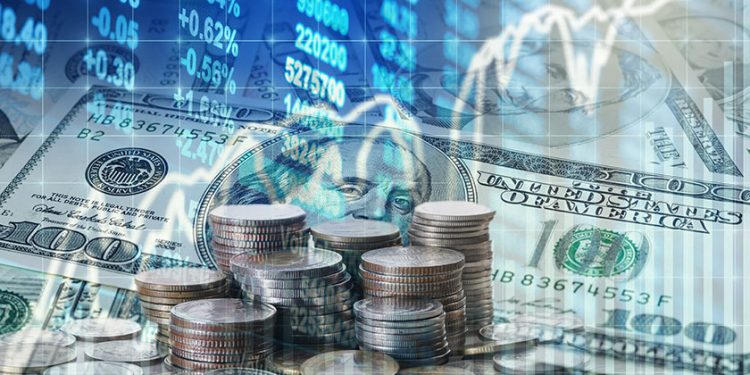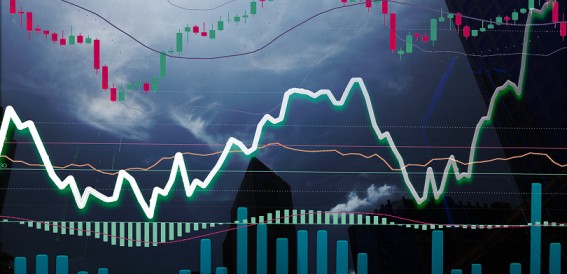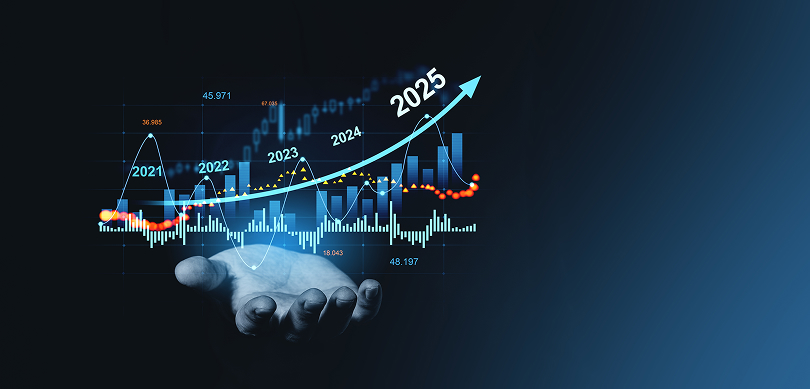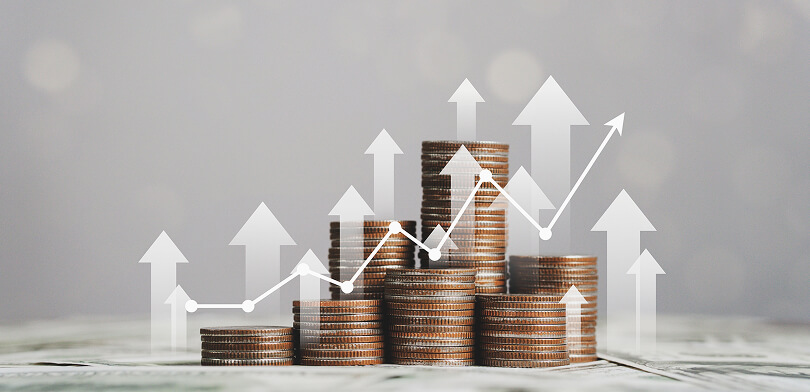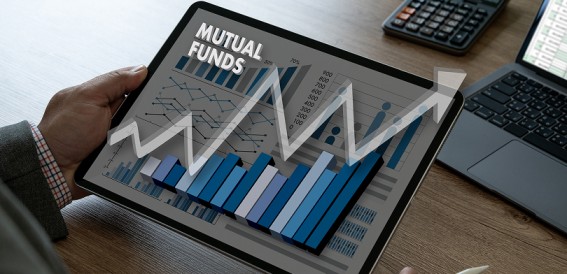- Last Updated: Jun 07,2024 |
- Religare Broking
Trading Volume in the stock market is one of the crucial indicators for investors to make investing and trading decisions. Investors must understand the ins and outs of volume to maximise their chances of making profits in the stock market. So, today we are here to understand volume in the stock market and its significance in evaluating market trends and predicting future movements.
- What is Trading Volume?
- Where Can You Find Trading Volume?
- Why is Trading Volume Important?
- Volume and Stock Price: How are they Related or Unrelated?
- Conclusion
Topics Covered:
What is Trading Volume?
Trading volume refers to the number of shares or contracts traded within a given period in the stock market . It represents the activity level and liquidity in a particular security or market as it measures the total quantity of shares or contracts changing hands. It is an essential metric for investors and traders, providing insights into market trends, investor sentiment, and the intensity of buying or selling pressure.
This information is valuable when making investment decisions. If you're interested in actively participating in the stock market, consider learning more about the demat account opening process. A Demat account allows you to hold and trade financial instruments like stocks electronically, making it easier to participate in the market and potentially benefit from movements in trading volume.
The stock volume is measured by tracking the number of shares or contracts traded during a specific timeframe, such as a day, month, or year. Daily volume is the most commonly monitored metric as it reflects the activity on a day-to-day basis. A higher volume indicates increased interest and participation in a stock or market, while a lower volume may suggest limited interest or lack of market activity.
In addition to daily trading volume, monthly and annual volumes are significant indicators. Monthly volumes provide a broader perspective on market trends and can help identify patterns or seasonal fluctuations. On the other hand, annual volumes offer a long-term view and can be used to assess the overall market performance over a year.
Additionally, High volume trading can indicate the presence of institutional investors or significant market players, potentially signalling important market movements. It can also indicate market volatility and liquidity, affecting the bid-ask spread and the ease of buying or selling shares.
Recommended Read: What is Demat Account?Where Can You Find Trading Volume?
When tracking trading volume, investors and traders have several reliable sources and websites at their disposal. These websites often display volume charts alongside price charts, allowing users to easily analyse volume trends and patterns. Also, these platforms often provide customisable charts and indicators, enabling users to monitor volume and its impact on market movements closely.
Interpreting this data is crucial for understanding market dynamics. Generally, a high volume in a particular stock or market indicates increased buying or selling activity, suggesting heightened investor interest. Conversely, a low trading volume may indicate limited interest or a lack of market activity. Also, consider volume in conjunction with price movements to assess the strength of trends and identify potential opportunities or risks.
Why is Trading Volume Important?
Trading volume plays a crucial role in making informed trading decisions in the stock market. It measures the number of shares or contracts traded in a given period. When combined with price movement, volume can indicate the strength of a price move.
For example, a price increase accompanied by high volume suggests strong buying interest, while a price decline with high volume suggests strong selling pressure. Furthermore, it is essential to confirm trends or signals in technical analysis.
Significant price movements supported by high volume are considered more reliable and confirm market trends . So, monitoring trading volume is vital for investors and traders to assess market liquidity, identify potential market reversals, and make informed trading decisions.
Volume and Stock Price: How are they Related or Unrelated?
The relationship between stock prices and trading volume is a topic of great interest in finance. While many assume that high volume indicates a bullish trend, the reality is more nuanced. High volume can signify either a bullish or bearish trend in certain scenarios, depending on the context.
Firstly, let's explore the bullish scenario. When a stock experiences a significant price increase accompanied by strong buying interest, it often suggests positive market sentiment. Investors actively purchase shares, driving the price and highlighting an upward movement. In this case, it can be seen as a confirmation of the upward price movement and may serve as a signal for potential further bullish momentum.
Recommended Read: What is Momentum Trading?
Conversely, high selling pressure accompanied by a substantial price decline suggests a bearish trend. This could be due to profit-taking or negative news about the company. In such cases, it confirms the downward price movement, signalling potential further bearish momentum.
It's important to note that analysing stock prices solely based on volume might not provide a complete picture. While volume can offer valuable insights, it's just one factor. Additionally, a common misconception is that high volume always leads to price movement. However, a stock can experience high trading volume without significant price fluctuations, indicating a consolidation phase or a lack of clear market direction.
Conclusion
Trading volume is crucial in stock market analysis and greatly benefits trading strategies. Investors can make more informed decisions by understanding volume patterns and their implications. High volume stocks on the National Stock Exchange can indicate strong buying or selling pressure, providing insights into market sentiment and potential price movements. Incorporating volume analysis into trading strategies can enhance overall trading performance and increase the likelihood of success in the stock market.

